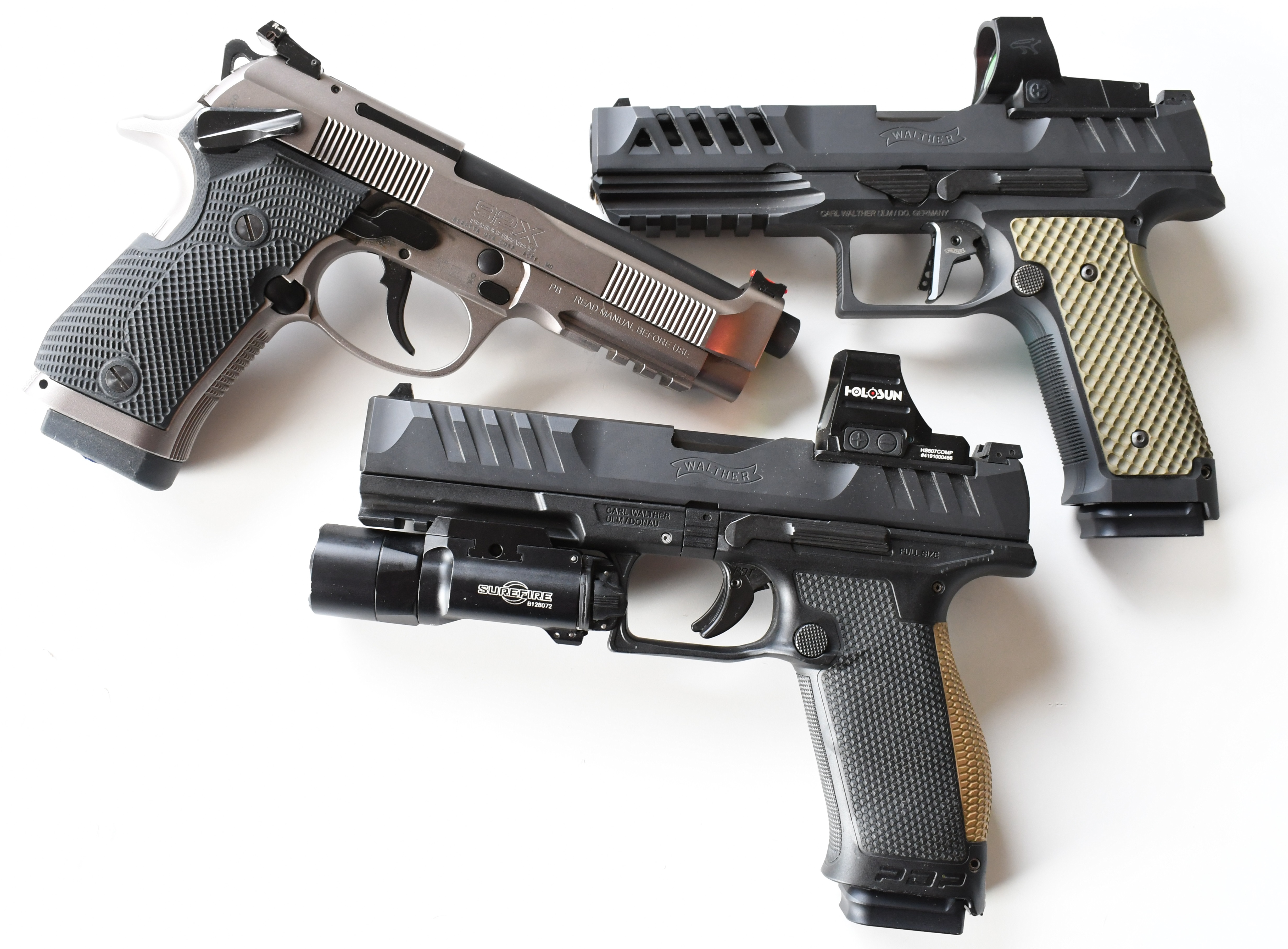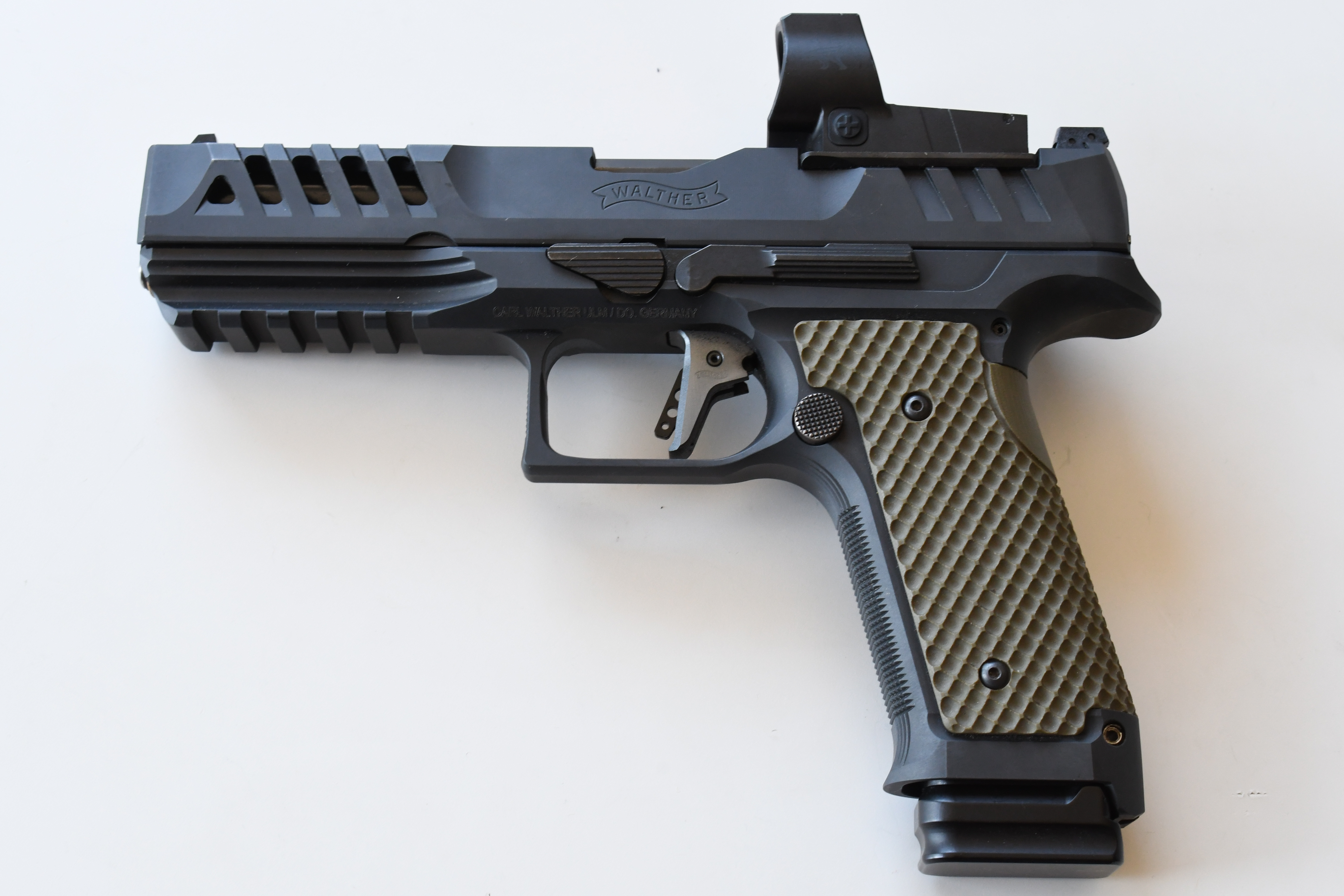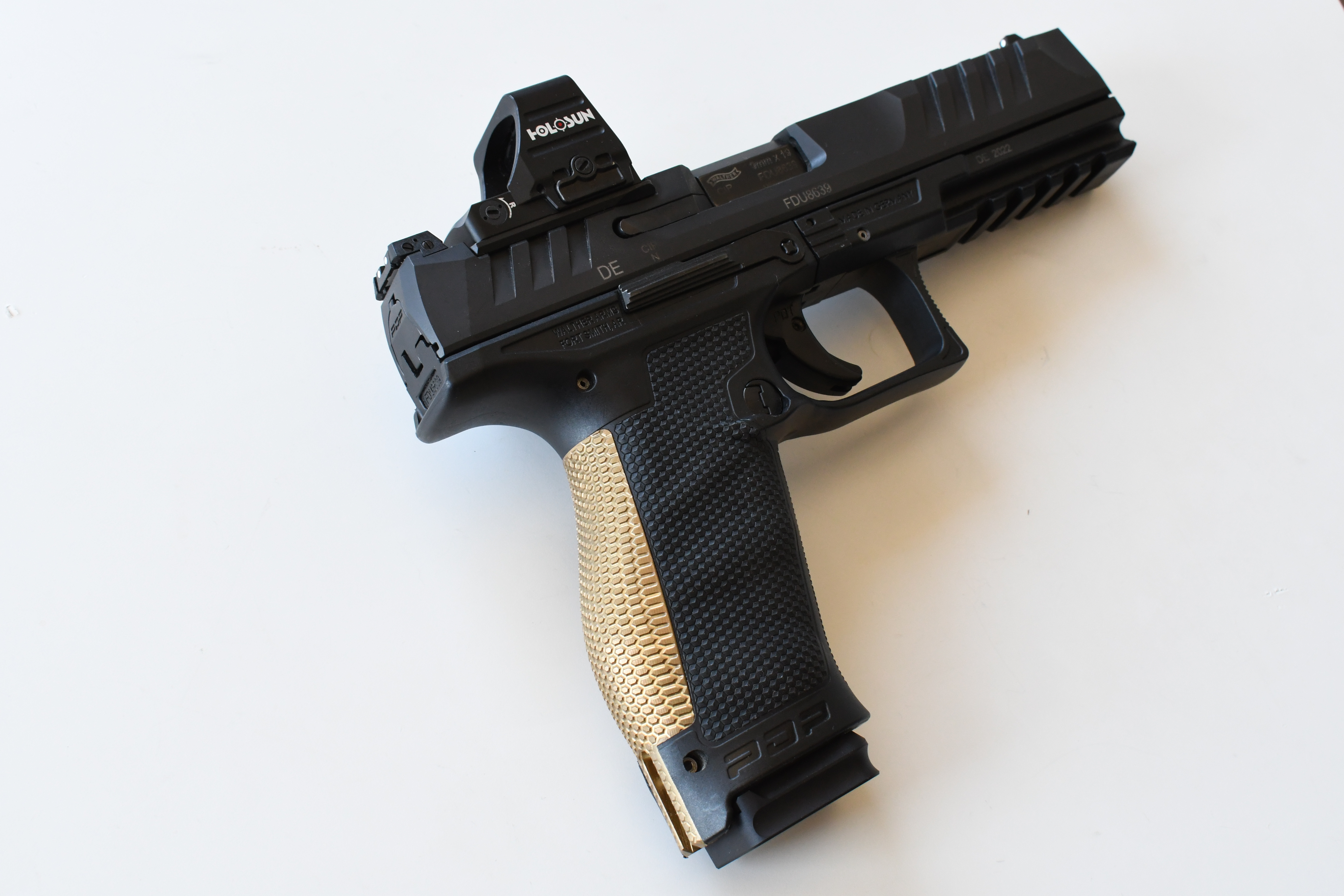Life Is About Trade-Offs: Metal vs Polymer

We truly live in the golden age of pistol shooting. Mass produced pistols have never been more reliable, easier to shoot or designed to accept a plethora of accessories/aftermarket parts. For much of their history, handguns were only manufactured with metal frames and it wasn’t until the last part of the 20th century where high impact polymers proved themselves worthy of being a material suitable for a pistol’s frame. The guns of the Austrian company, Glock GmbH, was responsible for shifting the purchasing preferences of both private consumers and military/police entities by offering lightweight and reliable easy-to-carry products at competitive prices. After these “alternative pistols” caught on, their impact on the market is such that now any company selling handguns offers a polymer-frame striker-fired pistol. Polymer-framed guns can be found at every pricing-tier in the market. In a somewhat ironic twist, both shooters and the industry are coming back full-circle to heavier metal-frame striker-fired guns again. They’ve been proving themselves with great success, especially in the competition circuit. In addition to the rediscovered interest in metal frames, the industry has also been offering these performance oriented handguns with striker-fired triggers that nowadays can rival the single-action only triggers of the established traditional sport pistol dynasties like the 1911 and CZ-75 families.
So this brings up the question: metal or polymer?
Metal vs Polymer?

Pictured: (Left) Beretta 92X Performance with LOK Grips G10 Wraparound Grips, (Center) Walther PDP Full Size with LOK Grips Brass Backstrap, (Right) Walther PDP Steel Frame Full Size with LOK Grips G10 Grips
At this point in time, I’m fortunate to have match experience (good and bad) with all types of guns with either type of frame including Walthers, Caniks, Berettas, Glocks, CZs and Staccato 2011s to name a few. Lately I’ve been focusing my efforts on shooting both of my full-size Walther PDPs, the 5” standard polymer frame gun along with the5” PDP Match Steel Frame. Admittedly, I generally lean towards heavier metal guns as they are more forgiving to shoot. However, I’ve seen shooters at matches execute amazing stage runs with lighter polymer framed pistols. Therefore, stating that one style of pistol frame is better than the other wouldn’t hold intellectual scrutiny.
A shooter at my action pistol club, for example, made grandmaster (GM) in USPSA Carry-Optics shooting a stock fifth-generation Glock 26. The Glock 26 is the smallest double-stack subcompact 9mm pistol that Glock currently offers and dates back to 1995, when it was first marketed solely as a gun meant for personal protection. In the case of our grandmaster, his gun was unmodified other than the optics cut for a red-dot sight and the full-size magazines needed to stay competitive in Carry Optics. I’ve even shot his gun and there is nothing remarkable about it. Making GM with a Glock 26 is only one example, but I’ve seen talented shooters hustle across a stage with standard polymer-framed S&W M&Ps, Glock 19s, CZ P10s and the like at our club too. It’s quite clear that a lighter and “snappier” frame wasn’t holding them back from shooting well and netting top scores in matches.
The Thing About Steel Frame Guns

Walther PDP Steel Frame Full Size with LOK Grips Thin Bogies G10 Grips
At the aggregate level, metal frame guns are well-regarded because their extra heft helps to “absorb” recoil. This is a simple matter of inertia, because the heavier a gun is, the more it can resist other forces from moving it around. In a practical sense they “stand still” and allow the shooter to recover from the recoil sooner between splits. The heavier weight also comes with an oblique advantage: since it takes more to move these guns around, they can hide the shooter’s flaws in their grip control. While that sounds harsh, I speak from experience.There’s also no doubt that this confers an advantage in a match setting. Consider my last two matches that were held two weeks apart. Both events independently had the same classifier stage (CM 22-04). I shot this classifier with my Walther PDP Match SF and got an A-Class run with a hit-factor of 8.22 the first time. Two weeks later, I shot it again without changing anything other than the gun, my polymer-framed PDP in this instance. Although my time was slightly faster, my hits weren’t as good and I walked away with more C-zone impacts and a nasty Mike that resulted in a hit-factor of 5.99. The lesson was loud and clear: you cannot BS your way through shooting with a lighter gun, no matter how accurate or nice its trigger is (both true of the polymer-frame PDP). I knew my lack of support-hand tension was partially to blame, as the polymer frame gun requires more input from the shooter. I’ll mention that after being used to the heavy steel Walther, drawing the polymer one felt like drawing “air.”
On the one hand, heavier metal-framed guns are more forgiving of poor technique and allow the shooter to “get away” with less than perfect technique. But on the other hand, these guns’ heft and weight in resistance to recoil and inertia also result in them being harder to move with in the hand and swing for transitions. Finally, they tend to be more expensive, generally speaking. To be clear, I’m not implying heavier guns are crutches altogether, because plenty of match winners employ them as well. (Eric Grauffel shooting Shadow 2s anyone?)
Action Pistol: A Race to the Last Target

Walther PDP Full Size with LOK Grips Brass Backstrap
Action pistol sports like USPSA or IPSC are all about movement. Hit factor, one of the core concepts in scoring these games is basically a ratio of how many points a competitor is scoring per second. The faster he or she moves around the stage, the more points they can gather in a shorter amount of time which ultimately increases their ratio. Match winners are determined by the contestant that not only collected all of the available points, but also the one that collected these points in the least amount of time. In other words, winning matches is about striking a balance between speed and accuracy (without going over the edge).
With stage movement and speed of action in mind, there’s something to be said for a lighter handgun that’s easier to draw and bring up to speed, move with and maneuver around a stage. I’ve seen our Glock 26 grandmaster in action before, and with such a small gun, he was basically able to sprint around the stage as if his hands were unburdened. The gun’s smaller dimensions also made it easier to negotiate ports and tight corners and weird angles without wasting needless time. While our grandmaster is very diligent in his practice, movements and shooting techniques, there's no doubt he was able to turn that small pistol’s disadvantages into advantages built around speed and prevail.
Making the Trade-Off
In today’s hotly contested USPSA divisions, like Carry Optics, Limited Optics or Open Division (for those brave enough to shoot a lightweight Open/minor gun) guns will be heavy and easy shooting, or lighter and more easy to move and maneuver with. There’s no wrong answer, just different ways to approach the problem of racking up the most points in the shortest amount of time. Each path has its trade-off. These days both types are reliable, and in sport-shooting at least, both can be considered equally competitive. The distinction lies in the individual shooter’s approach to match shooting and how they move around stages.
LOK Grips
For Light Guns:
Consider the LOK Grips solid brass backstrap for the Walther PDP. When I installed it on my gun, it added three ounces of weight on the rear underneath the bore-axis. The mounted Surefire X-300 U I shoot with that’s clamped on the rail added another four ounces on the front, also underneath the bore-axis. By adding 7 ounces to my PDP, I increased its mass and made it slightly more “resistant” to moving around, but without the weight penalty that an extra pound of weight would incur. This gun also has a ZR Tactical Ultra Mass guide rod and a 15-lbs spring that alters the way its longer slide tracks during recoil, especially with competition oriented ammo, like typical 147-grain minor power factor loads popular in action-pistol sports. As it’s set up, it’s slightly heavier while still being lighter and easier to handle. Let’s call it a happy-medium. However, for me to take full advantage of running this gun at speed, I still cannot slack on my fundamentals, especially in terms of grip. This is the cost of trading weight for maneuverability. LOK also offers brass or aluminum backstrap inserts for other models besides the PDP.
For Heavy Guns:
If one is willing to tailor their strategy around handling the heaviest guns possible, LOK makes brass grips for some of the most popular handguns used in competition today including CZs, Beretta 92s and Caniks. All three of these manufacturers offer heavy steel-framed competition guns, and many shooters have done well by doubling-down on bringing the weight to its legal limit of 59 ounces to make pistols even that much more resistant to recoil. No different than seeing talented shooters clean up a stage with a lightweight polymer pistol, I’ve also seen other talented shooters with heavy CZ Shadow 2s (with brass palm swell GridLOK LOK Grips) and red-dots do the same.
